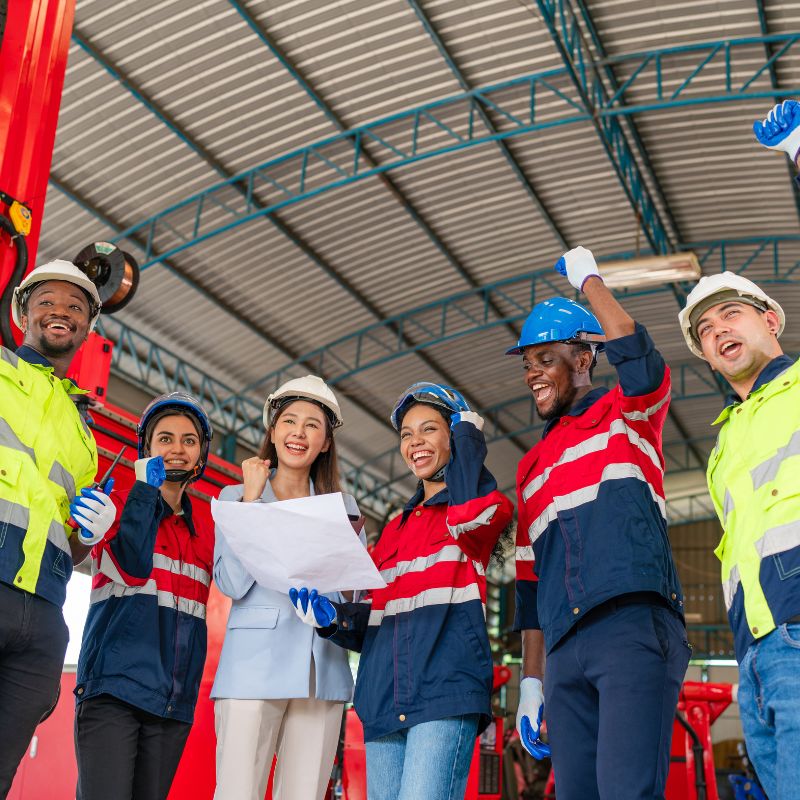All you need to know about fire drills in Malaysia
Fire drills are super important for keeping everyone safe at work or in any building in Malaysia. They help people know what to do if there’s a real fire, so no one panics and everyone gets out safely. Here’s everything you need to know about fire drills, why they matter, and how to make sure they work well.
Why are fire drills important?
Fire drills are not just something you do because the law says so. They help you and your coworkers learn the fastest and safest way out of your building. If a real fire happens, people who have practiced fire drills know where to go and what to do. This means less chaos and a better chance for everyone to get out safely.

What does the law say?
Download Fire Services Act 1988
In Malaysia, the Fire and Rescue Department (Bomba Malaysia) makes rules about fire safety. Most places—like offices, factories, and schools—must do fire drills at least twice a year. This is to make sure everyone knows the plan and can follow it quickly if needed. If a place doesn’t do fire drills, they can get in trouble or face fines.
How to plan a fire evacuation plan
Make a Plan
Know where all the exits, fire alarms, and meeting points are. Pick people to help (like fire wardens or helpers) who will guide others during the drill. Make sure the plan includes help for people who might need it, like those with disabilities.
Tell Everyone
Let everyone know a fire drill will happen soon, but don’t say exactly when—this makes it more realistic. Show people the escape routes and where to meet after leaving the building.
Talk to Bomba Malaysia
If you can, tell the local Bomba station about your fire drill, especially if you’re using alarms or sprinklers.
How to an execute emergency evacuation
Sound The Alarm
When it’s time for the fire drill, activate the fire alarm to alert everyone in the building. This signals the start of the exercise, helping staff practice their response as if a real fire emergency is happening. Always treat the alarm seriously.
Guide People Out
The helpers (fire wardens) should show people the way out and check that no one is left behind. Don’t use the elevator—always use the stairs. Make sure all the exits and hallways are clear.
Count Everyone
Once everyone is outside, check that no one is missing. Use a list to mark off everyone’s name.
Emergency preparedness
Review
After the fire drill, talk to everyone involved and ask what parts of the evacuation went smoothly. Also, find out if anything was unclear or confusing. This feedback helps improve your plan and makes sure everyone knows what to do next time.
Look for Problems
During the fire drill review, check if anyone had trouble finding the exit or got lost. Look for problems such as blocked doors or fire alarms that didn’t work properly. Identifying these issues helps make your evacuation plan safer and more effective.
Update your plan
Fix any problems you found.. Write down what happened during the drill so you can keep track.
Tips for a good fire drill
Do Drills Often
Have fire drills at least twice a year.
Include Everyone
Make sure all staff, including new people and part-timers, join in.
Try Different Scenarios
Sometimes pretend a door is blocked or the fire is in a different place to see how people react.
Teach Fire Safety
Show everyone how to use a fire extinguisher and what to do in an emergency.
How to fix common issues
Sometimes people don’t take fire drills seriously, or they forget where to go.
Explain Why Drills Matter
Remind everyone that fire drills save lives.
Give Clear Instructions
Make sure everyone knows the plan.
Check Equipment
Make sure fire alarms and exits are always working.
Workplace safety
When you do fire drills regularly, everyone feels safer and more confident. People know what to do if there’s a real fire, and they can help each other stay calm and get out quickly.
Fire Wardens
Helpers, also known as fire wardens, play a crucial role during fire drills. Their responsibilities include guiding everyone to the exits, ensuring no one is left behind, assisting those who need extra help, and reporting to the assembly point with updates about the evacuation status and any issues encountered.
Keep Records Of Your Fire Drill
It’s a good idea to record what happens during each fire drill. This helps you see what’s working and what needs to be better.
- The date and time of the drill.
- How many people joined.
- How long it took to get everyone out.
- Any problems and how you fixed them.
Quick checklist for fire drills
Here’s a simple checklist to help you organize your next fire drill:
-
Make and share an escape plan.
-
Pick helpers (fire wardens).
-
Tell everyone about the drill.
-
Sound the alarm and guide people out.
-
Count everyone at the meeting point.
-
Talk about what happened and how to improve.
-
Write down the results.
